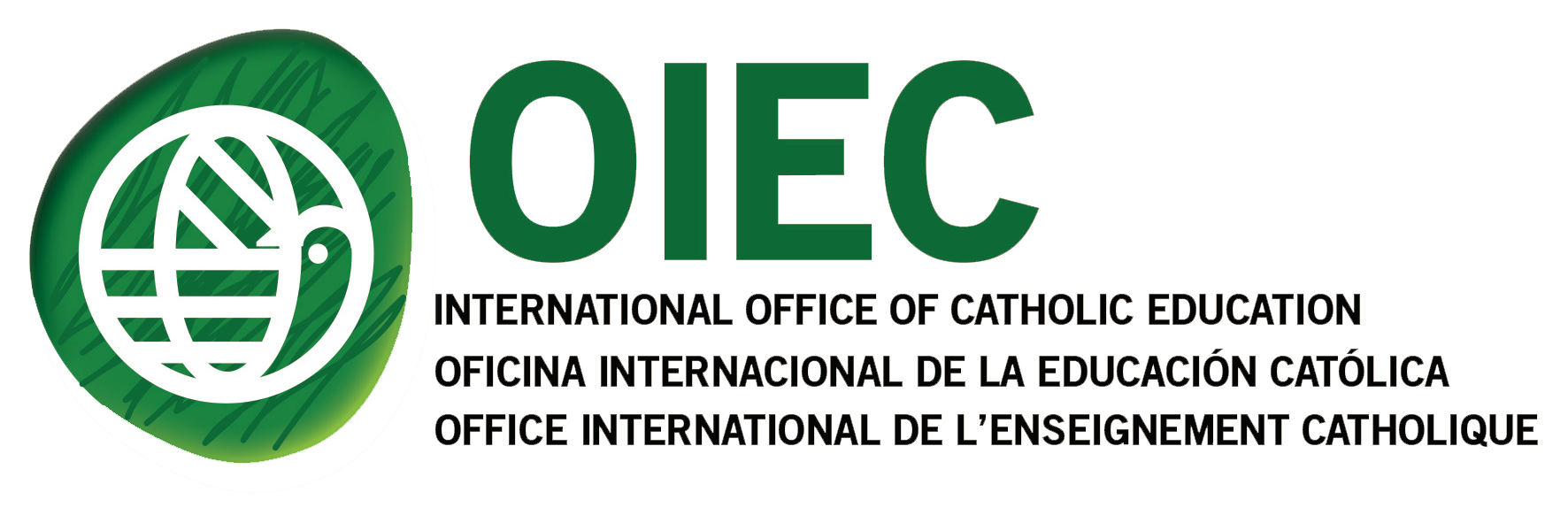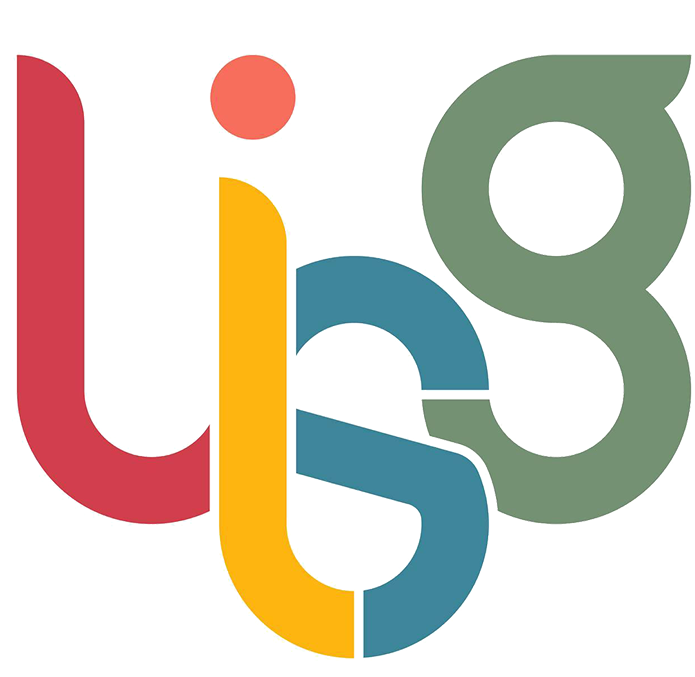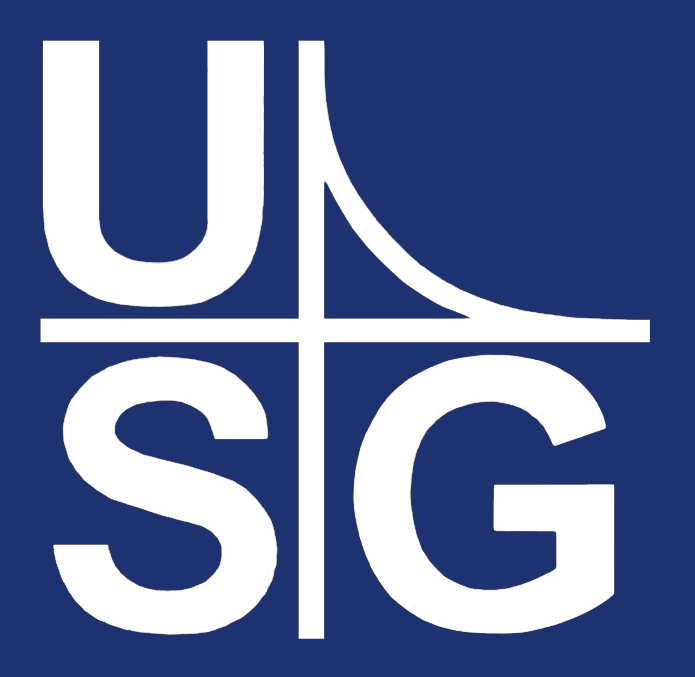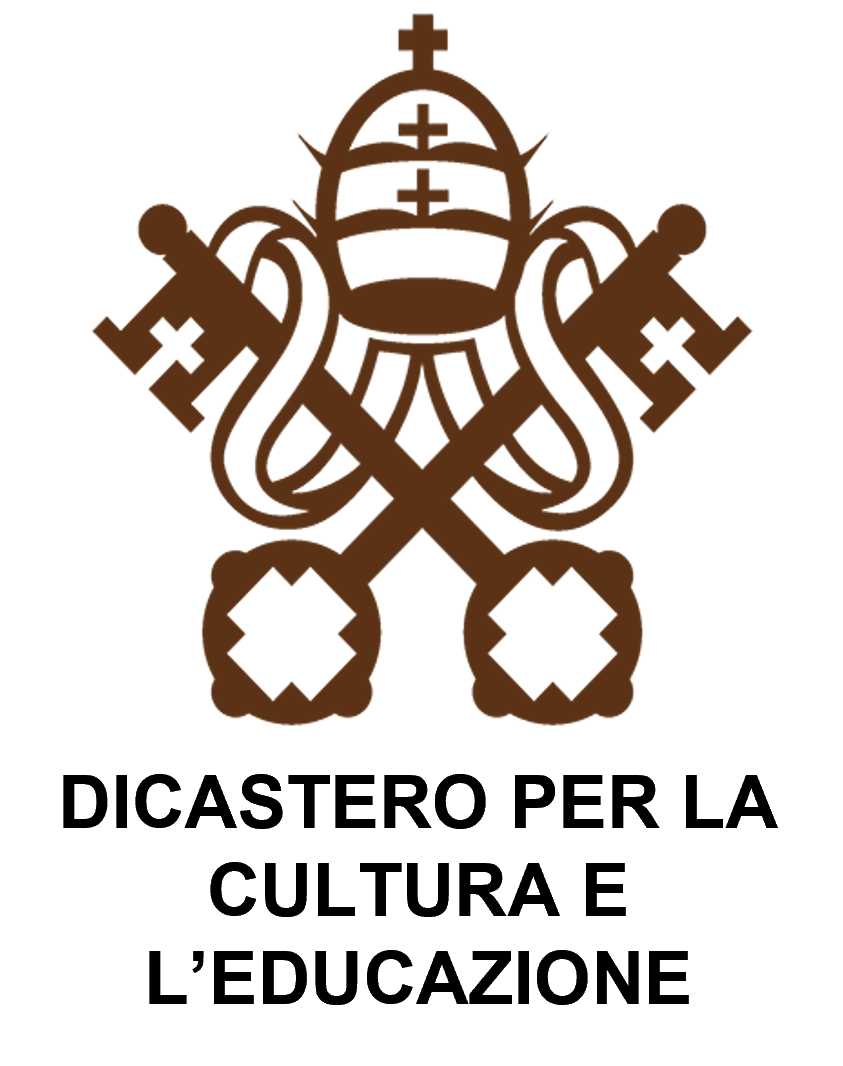GCE – OIEC ROAD SHEET
OIEC ROAD SHEET
Promote and build the Global Compact on Education
FROM THE LOCAL.
Juan Antonio Ojeda Ortiz, fs, Head of Education at the OIEC (International Office of Catholic Education) and Consultant of the Congregation for Catholic Education




Download the OIEC road sheet
We are all called upon to build the Global Compact Pact as pope Francis has repeatedly invited us and, in a special way, in the convening of the Pact, on September 12, 2019 and in its relaunch, on October 15, 2020.
We must understand that achieving this alliance is everyone’s responsibility. That is why we must work together, achieve consensus and commitments that are assumed by all and, from there, move forward. It is necessary to dialogue, to listen actively and humbly, to try to understand the arguments and proposals of others. It will be an effort on the part of all, good doses of empathy and compassion, for we live immersed in our visions and selfishness, in our “self-referentiality», as Pope Francis points out. So, you don’t have a hard time seeing life and what’s going on from the others.
All this involves changing the gaze and seeing education not only from our prism, knowledge and experiences. But to be able to see and analyze it from others, from the real impact that education that we have been teaching is having and, from that analysis, to seek together the criteria and actions to be modified or introduced. We live in an increasingly plural and complex world. We cannot find improvement solutions, acting as snipers, in isolation and fragmented. Today, collaboration is more urgent and necessary than ever, in small and medium-sized groups and through mass collaboration, involving thousands and millions of people to create a new education for all.
Build this alliance together.
For this reason, the OIEC, in the face of this call from the Pope, has mobilized and committed itself to build this global pact with others from the local level. Thus, after multiple meetings and work, we have united wills and agreed on close collaboration with the UISG-USG Education Commission, with support and in coordination with the Congregation for Catholic Education (CEC). Together we have designed and are developing a Roadmap with 5 concrete but high impact actions, which we have set up openly and flexibly so that each institution contextualizes and adapts them, while each of them can also drive those other actions that it deems appropriate.
By joining these three institutions (OIEC, UISG-USG and CEC) we need to make it visible and bear witness that, working together, is the only way to co-create a global pact that responds to current emergencies, needs and challenges and does so in a clear, solid and lasting way. We will achieve this local and global partnership by working together with each other and with others.
We’ve put the spotlight on the local, building the pact from the bottom up. We intend to reach every classroom, school, high school, high school, university, NGO or any other formal or non-formal educational institution and from there, with the contest of all, achieve more human, fraternal, solidarity and sustainable cities. In this regard, Cristóbal López, Cardinal and Archbishop of Rabat, President of the Atopic Teaching of Morocco, said in the IAEA’s Book lights for the road to the Global Educational Pact (p. 185): Each National Secretariat of Catholic Education should invite educational entities in his country to join this Global Compact. Vatican Diplomacy (Nunciatures) should do the work of inviting the appropriate Ministry of Education to participate on behalf of their country, and to invite educational organizations to join the pact (trade unions, political parties, business, and cultural organizations, etc.). Each Catholic School can do the same at the local level: Municipality, Educational Centers, Parties, Trade Unions, Associations… In each locality, the Pact should be reproduced at the local level, so that it generates a dynamic that ensures education for all and transforms it into a renewing force of the same locality.
Similarly, Fr. Pedro Aguado, chairman of the UISG-USG Education Commission, atp. 229, added: Education far exceeds the boundaries of the school. What to do to get a broader and more global look?
- Organize permanent meeting forums where we recognize ourselves in our specificity.
- Schedule significant actions and concrete dynamisms that integrate the various
educational agents (school, family, church, municipality, company, etc…) - Promote the “full-time school” model that is linked to the community.
- Advance the model of “educational city” as a tool that connects the educational
realities of the same city.
So we are all called upon to build this Global Education Pact together. To be sure, it is up to the Vatican, governments and the authorities of international agencies and countries around the world to play a role and develop a number of initiatives and actions to advance this pact. But also, to those of us on the front line, in schools and classrooms (students, teachers, families, collaborators); in the day-to-day work of NGOs; associations of neighbors, culture or local politics; artists, athletes, economists, entrepreneurs and other sectors of the municipality and the authorities of the municipality, we must also be actively, participatory, collaboratively in construction, from the concrete realities that we live in our neighborhoods, districts, cities. We must unravel the problems and difficulties, the successes and mistakes, the urgent challenges and the deciduous, what is new to create and incorporate into each entity’s educational project, how old it is to be eliminated and what remains valid, and we must maintain.
OIEC, UISG-USG, CEC Road sheet: 5 actions
We cannot remain in the headlines, in the mere knowing or trying to understand the meaning and scope of this call. Nor can we delay the times by talking and speaking, just by speaking; and, keep in the inaction. We mustn’t waste time. It is urgent to take action, it is urgent to clear the way to the pact, to shed lights, to identify problems and needs, the new to incorporate and weave it harmoniously and integratedly, consensual with others.
To do this we have configured these 5 actions that we present to you generically and that we will launch progressively in the coming months, to help the centers and institutions to co-create this local and global alliance.
With it we try to achieve the following objectives:
We want to arouse interest and invite you to know the call for this local and global alliance. Let many get involved in their construction. Likewise, we want to promote, guide and accompany this process so that many participate and to bring their reflections, searches and consensuses to fruition, transforming their educational projects and contexts. To get us to work together, Catholics and also with non-Catholics. Finally, enable sharing of initiatives and achievements to inspire and infect others.
This first action is already carried out, but it remains in force and is of great use and inspiration to clear the way towards the construction of the pact. This first action was the co-creation of the book: “Lights for the road. Global Educational Pact. An education of, with and for everyone. Towards a more fraternal, supportive and sustainable society.” It involved more than 220 people from more than 43 countries: children, young people, teachers, families, managers, ministers of education, bishops, cardinals, superiors and superiors general, international experts… that bring us challenges, lights, challenges to respond together and in a certain way, to co-create this alliance. Its pages awaken us and call for the covenant, they are a valuable contribution to reflection and search. All called to expand their content.
In this second action we invite all centers and institutions to put the official logo of the pact to put it together with the logos of schools, universities, NGOs and other entities.
In the coming weeks we will launch the invitation to all Catholic schools in the world and to all other educational institutions that wish to add to this initiative, jointly proposed by the OIEC, UISG-USG and CEC.
The PEG/GCE logo states that we welcome the Pope’s invitation and that we are involved in the construction of the pope. It is a stylized drawing of the world, which, in turn, is embraced by a human figure. Its colors are green, blue and gold. It expresses the values and dimensions of our human life, fraternal, supportive, in peace and justice, committed to the common good, care and protection of the “common house”. The golden brushstroke expresses the sacred, the spiritual dimension that summons and guides us.
Let’s encourage ourselves to place this logo in all our physical or virtual publications and tell many to do the same. Together we create a global network of schools involved in the dissemination and work of this local and global alliance.
For this third action we are preparing a short Guide, with orientations and four phases, to guide the centers and entities to know, understand, analyze, discuss, experiment and create the pact from each local educational reality. We will soon publish it in five languages and it gives guidelines on what to do and with whom, how to work together and with what methodologies. Some resources are also offered, and the most inspiring actions taken at the local level are invited to share.
3.1. First phase: Work the pact for each Educational Center.
The Guide provides guidance on how to build this pact, along with others, from schools, institutes, universities, or other educational institutions. It is built: on reflexion, searching, dreaming, proposing clues, consensual criteria and actions to be undertaken. In them, children, adolescents and young people, their families, faculty, managers and collaborators must be involved, involved in each center. Plan and develop with them different types of more or less extensive meetings. Meetings or meetings that can be of two types: homogeneous (collective) or heterogeneous, with different educational agents (students and teachers; students, teachers and families; etc.). On the other hand, they can be meetings for different purposes: dreaming or sharing concerns; indicating possible changes or improvements; meetings to agree, agree, decide these transformations; meetings to plan, implement and follow the agreements reached. It is important to experiment, test from practice what is designed and from there learn, show that it is possible, valid and keep moving forward.
3.2. Second phase: Build the pact with OTHER city or neighborhood centers.
In this second phase, we exceed the limits of the educational center itself and go out to meet another Educational Centers of the town, neighborhood, district or city, to work together, reflecting on the need and urgency of an Educational Pact, sharing dreams and hopes, agreeing on some criteria and projects to be implemented in the participating centers. To learn from theory and also from practice. It is about inviting other schools or educational entities from the nearby environment, publicly or privately owned, Catholic and non-Catholic. We can organize meetings, forums, seminars… of different kinds, with the various agents of the different educational communities.
3.3. Third phase: Build from the municipality.
In line with what Pope Francis himself (2020) tells us: “We appeal in a particular way to men and women of culture, science and sport, to artists, to media operators, in all parts of the world, so that they too may sign this pact and, with their witness and their work, become promoters of the values of care, peace, justice, kindness, beauty, acceptance of the other and fraternity. We don’t have to expect everything from those who govern us, it would be childish.”
At this stage we try to build cities that educate, involving in them the different sectors and agents of the locality. Organizing with them different meetings and forums in which to reflect and agree on the main educational lines to improve the lives of citizens, with a view to fostering more humane, solidarity, fraternal and sustainable cities.
3.4. Fourth phase: Build the pact at national or international level.
At this stage, schools and their agents, embedded in networks of national or international educational institutions, work together and with other entities to achieve the Global Education Pact.
With this fourth action we will provide support and training to schools and their agents to successfully undertake the third action, explained above. It is a Manual in which experts of international renown, in atheoretical-practical way, will guide us on the basic issues to be addressed in this process of building the local pact. It will be an inspiring book in which we can find clues on how to educate in: global citizenship, the care of people and the common house, values, attention to diversity and meeting culture, fraternity, etc. How to achieve a transformative, participatory, collaborative school, capable of networking in and out of it; how to innovate to better serve your community, etc. At the same time, they will find resources for participation and collaboration: innovative and collaborative methodologies; learning communities; planning actions to promote actions conducive to educating cities, etc. As well as examples of centers that are already a transformative reference in the neighborhood where they educate, full-time, committed schools, which show that a new and good education is possible.
Without a doubt, a key piece to achieve pact and educational improvement, to welcome everyone and provide a better educational service to individuals, families and societies… it is necessary to improve the continuous training of teachers and managers.
A training program for teachers and managers to make a more humane, fraternal, supportive and sustainable education a reality in their centers, improving people’s lives and contexts.
A training program in three volumes, with practical orientations, scientifically proven, clearly arranged to be contextualized, enriched and applied in the different centers. They will serve to rethly and renew the educational programs of the centers, to combine teachers and the entire educational community and to illuminate a more humane, solidarity, fraternal and sustainable educational project, transforming lives and contexts.
From now on, we encourage you to get involved and implement these five actions, to create a global network to build together, from below, this great alliance, more urgent and necessary than ever, in the midst of the “educational catastrophe” in which we find ourselves. Let’s work together!